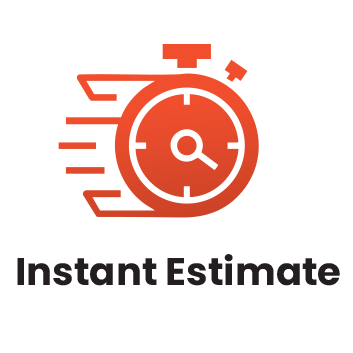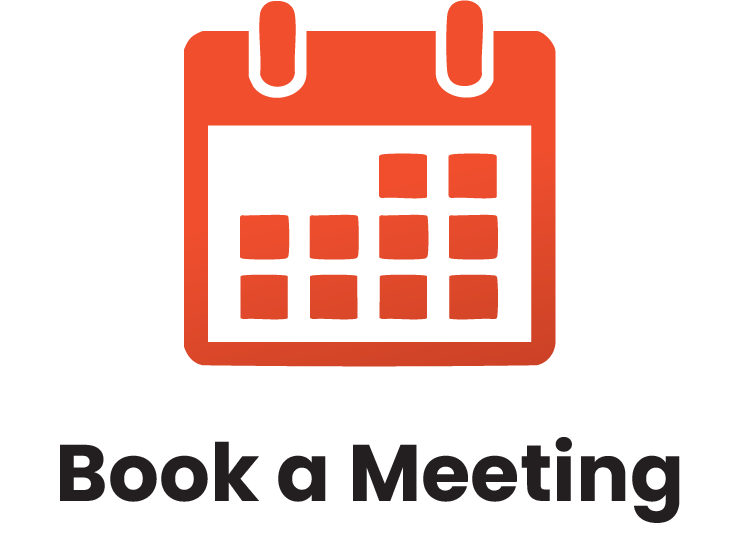Interactive training sessions led by experienced facilitators.
What is In-Person, Instructor-Led Training?
Our in-person training is delivered by a live facilitator who works directly with your team at your location. It’s our most popular format because it allows for real-time interaction, hands-on learning, and direct support.
Every session is tailored to your team’s specific goals, industry, and challenges—no generic, one-size-fits-all programs. Whether it’s a single session or a full training series, we design the experience to be relevant, practical, and fully aligned with your needs.
What is Live Webinar Training?
Live webinars are facilitator-led training sessions delivered online in real time. They’re ideal for teams working in different locations or with busy schedules.
This format offers shorter, more frequent sessions that are easy to coordinate—making it a convenient option for organizations with remote or distributed teams.
What is Virtual Classroom Training?
Virtual Classroom training is live, instructor-led training delivered online. It offers the same interactive experience as in-person sessions, with real-time discussions, group activities, and instructor feedback.
It’s a flexible option for organizations that want to reduce travel, save costs, or better fit training into busy schedules.
What is a Lunch & Learn Session?
Lunch & Learn sessions are short, facilitator-led training sessions delivered in person or online—typically during the lunch hour. They focus on specific topics or skills and offer a quick, engaging way to learn without a full-day commitment.
These sessions can be offered as one-time events or as part of a series, making them a great option for ongoing, bite-sized learning.
Online Learning
Enjoy our self-paced option and learn from anywhere!
$199.00 USD
Environmental Sustainability: A Practical Approach to Greening Your Organization
Environmental Management Systems (EMS) involve a set of processes and practices that enable an organization to reduce its environmental impacts and increase its operating efficiency. A well-designed EMS can help an organization address its regulatory demands in a systematic manner thereby reducing the risk of noncompliance. An EMS can also help address non-regulated issues such as pollution prevention, odor management, water usage and energy conservation.
In this one-day course participants will learn about EMS and how it can benefit their organization. Through the use of a Case Study and information they bring about their own company participants will leave with a draft EMS for their organization. It will include organizational Environmental Aspect and Impacts and Objectives and Targets for their organizations significant environmental impacts.
What Will Be Covered
LEARNING OBJECTIVES
Learning Objectives
- Define what an Environmental Management System (EMS) is and the benefits of establishing one in your organization
- Understand ‘greenwashing’ and ways that their organization can avoid ‘greenwashing’
- Know the six KPI areas as defined by the Eco-Management and Audit Scheme (EMAS)
- Know the steps necessary to develop an EMS
- Be able to determine the Environmental Impacts and Aspects within an organization
- Understand and apply an Environmental Significance standard to organizational Environmental Impacts
- Set Objectives and Targets for significant organizational environmental impacts


A Deeper Look
COURSE OUTLINE
A breakdown of each session included in this course.
You will spend the first part of the day getting to know participants and discussing what will take place during the workshop. Students will also have an opportunity to identify their personal learning objectives.
Environmental Management
This session will show your students what an EMS involves, considers three types of EMS’s, and allows them to explore why companies develop their own EMS’s.
Developing an EMS
Here, your students will be led through the step-by-step process for developing an organizational EMS.
Environmental Aspects and Impacts
Students are shown in this session how to determine the environmental aspects and impacts of your organization.
Environmental Significance
This session will allow students to use an Environmental Significance Standard to continue to explore aspects of significance from the previous session.
Objectives and Targets
This session follows up on the previous ones and leads students to determine reasonable Objectives and Targets for the aspects identified earlier.
Workshop Wrap-Up
At the end of the course, students will have an opportunity to ask questions and fill out an action plan.













